Canada’s reservoir of critical minerals: Northwest Territories

During PDAC 2022 in Toronto, I caught up with Premier Caroline Cochrane (CC) of the Northwest Territories (NWT) and Minister of Industry, Tourism, and Investment (ITI), Caroline Wawzonek (CW) to discuss mining opportunities in the NWT and what is needed to help the NWT place itself at the forefront of an economically advantageous resource development program to invest and do business. The NWT is home to the Nechalacho deposit that became Canada’s first rare earths producer when it commenced production in June 2021. Canada’s 2022 federal budget includes an investment of at least $2 billion for a strategy to accelerate the production and processing of critical minerals needed for the electric vehicle (EV) battery supply chain. Also, during PDAC 2022, the Minister of Natural Resources, Seamus O’Regan, announced Canada’s list of critical minerals.
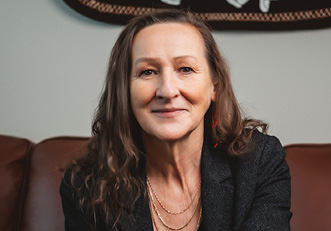
OF THE NORTHWEST TERRITORIES
The NWT needs mining infrastructure and is planning to work with the federal government to be attractive to mining companies.
CMJ: What does the NWT have to offer in terms of the green economy and mining? And what do you need to be able to reach your mining potential?
CC: Critical minerals is the buzzword now. The NWT has been reliant on the mining sector for many decades. It is one of the major industries, and it represents one-third of our GDPin the Northwest Territories. Despite the federal government really focusing on green, low-carbon economy and reducing greenhouse gas (GHG) emissions, the government realizes that you cannot have a green economy without critical minerals, i.e., without mining. Critical minerals are considered essential to Canada’s economic security and required for Canada’s transition to a low-carbon economy.
That opens huge opportunities for the NWT. Twenty-two of the 31 critical minerals on the list announced by the federal government during PDAC can be found within the NWT with good potential for additional discoveries.
The International Energy Agency predicts that the market size of critical minerals needed for the green, low-carbon energy transition will grow almost seven times by 2030. The problem is that we need the infrastructure to access these minerals. This is not news! For decades, we have been asking the federal governments for nothing more than support in establishing an appropriate mining infrastructure. We just want the same basic standard of living, the same infrastructure that most Canadians take for granted, for example, road systems, hydro, and communication networks.
Many of our communities are not accessible. We need roads to access those communities, so people can have opportunities and to provide access to the critical minerals that the whole world needs. We need to close the infrastructure gap between the NWT and the rest of Canada.
During the COVID-19 pandemic, our schools were closed, and most of our students had no access to education. That is a basic right!
We need that addressed, and we need to be part of the solution. We are still reliant on diesel in the NWT and by expanding our hydro, we can replace diesel with green energy. Those things will help globally as well. Recognizing the geopolitical situation happening across the world today and the supply chains shortages, the NWT can be part of the solution for Canada. We must access the resources that we have in Canada, instead of being reliant on other countries.

MINISTER OF INDUSTRY, TOURISM, AND INVESTMENT (ITI)
CW: We held a critical minerals workshop in November 2021 that underscored that more than half of these 31 minerals can be found in the NWT. Representatives of each level of government and Indigenous governments participated in the workshop in addition to academics and mining industry associations. The workshop report’s focus was how the NWT may be able to place itself at the forefront of an ecologically, culturally, and economically advantageous resource development program. It also noted that investment in transportation and energy infrastructure will need to be accelerated. But, while this new infrastructure is necessary for various mining activities, it will ultimately benefit all residents of the NWT by facilitating greater trade, mobility, and communication, while lowering the cost of living.
Not only will the NWT be able to produce these metals crucial to a low-carbon, technologically advanced economy, the jobs created from infrastructure development, exploration, extraction, processing, and transportation will have an enormous impact on the economy and health of the territory.
During 2021-22, ITI with assistance from CanNor, awarded $1.5 million in Mining Incentive Program (MIP) grants to successful prospector and industry applicants, including 14 primarily for early-stage and five for advanced-stage exploration projects.
As the NWT rebounds from the COVID-19 pandemic, exploration and development in diamonds, gold, and several critical minerals are expected to boost the NWT economy in the coming years. Significant progress was made in furthering work at several advanced exploration projects including Pine Point, Prairie Creek, and NICO.
The government of Canada has developed a list of 31 minerals considered critical for the sustainable economic success of Canada and its allies and to position Canada as the leading mining nation, as set out in the Canadian Minerals and Metals Plan (CMMP). The list provides greater predictability to industry, investors, provinces and territories, and Canada’s international partners on Canada’s mineral priorities. It also enables policy makers to target and address key points in supply chains.
CMJ: How does the recent announcement of the Government of Northwest Territories (GNWT)’s agreement to sell its Mactung property to Fireweed Zinc reinforce the territory’s strong critical minerals potential?
CW: I think Fireweed can get it up and running with profitability again. The government’s goal really was not to operate a mine. There were two properties, Mactung mine and Cantung mine. Only Cantung was in the production stage. The Mactung property witnessed a change in ownership several times before it was acquired by the North American Tungsten (NATC) in 1997. NATC released a feasibility study for the project in February 2009, which called for underground mining for the Mactung tungsten project, with a mine life of 11.2 years and a production capacity of 2,000 t/d. The study also suggested that there is a potential for open-pit mining with near surface and lower grade resources, expanding the mine life by 17 years. NATC received environmental approval for the plan to develop the project in 2014. Both properties were owned by NATC before it went into bankruptcy protection in 2015.
In an extraordinary move, the GNWT acquired the Mactung project in 2015 for $4.5 million with an intention to sell it once the tungsten market recovers. The federal government also acquired the Cantung property. Both governments worked together to sell both properties in tandem. Then, we involved all Indigenous governments of the region before we started to seek a potential buyer. The GNWT, federal government, and more than 10 NWT and Yukon First Nations governments initially approved a list of qualified bidders for the two tungsten projects. When that RFP process for the joint properties closed, there were only a couple of bids. Fireweed Zinc were interested in Mactung alone. They had been through the whole process. They had already been introduced to the Indigenous governments of the region because they wanted to know who the potential bidders were.
The project site lies adjacent to Fireweed’s Macmillan Pass zinc-lead-silver
project and 13 km north of its Tom deposit. It is an exciting opportunity for Firewood, NWT, and the Indigenous Peoples in the region, and hopefully they can get Mactung up and running.
Fireweed Zinc signed a binding letter of Intent (LOI) to acquire the Mactung tungsten project from the GNWT in June 2022, with plans to develop a new mineral resource estimate. It is also expected to prepare a new preliminary economic assessment (PEA) for the project in 2023.
CMJ: Is the GNWT providing grants or tax breaks to Fireweed?
CW: No, but we have the Mining Incentive Program (MIP) grants where any exploration company can access funding to help support exploration and leverage their funds. We certainly want to encourage them to apply to that, but nothing was offered before the sale process was completed.
CMJ: How can you benefit from the new funding, announced by the federal government, for a strategy to accelerate the production and processing of critical minerals needed for the EV battery supply chain?
CC: I am heading to Ottawa tomorrow (at the time of the interview in June 2022) to discuss what they are going to offer to each jurisdiction. Because of what we have to offer, we should be one of the first jurisdictions that the federal government is talking to. We have probably the biggest reserves of critical minerals in Canada, and I do not think that can be discounted. The government must focus on the NWT. We certainly need that funding for the infrastructure.
CW: That was good news! The NWT is already home to Canada’s first rare earths’ mine, and the Mactung announcement builds on the NWT position: our critical and strategic minerals can support the world’s shift to a low carbon economy.
The increasing demand for critical minerals, as well as the recent federal funding ($2 billion) that was announced for a national critical minerals’ strategy, is good news for the territory and for projects such as NICO, Pine Point, and Prairie Creek which are nearing mine construction decisions.
We still need to see how those funds will be distributed. My understanding is that they are looking to each province and territory individually to figure out how the funds should be structured.
We are looking forward to that discussion directly with the federal government, as there is also funding for infrastructure related to critical minerals projects in the budget announcement. This is of particular interest because we have a couple of advanced stage critical mineral projects.
CMJ: Collaboration with Indigenous Peoples is a crucial part of the mining process in Canada. Recently, the B.C. government and Tahltan Nation announced a landmark agreement that will ensure Indigenous consent is obtained before mining takes place, and it will benefit all projects in that province.
What is the model in the NWT? How do you work the relationship between your government and First Nations?
Are you thinking of new legislations?
CC: The NWT model, with resource royalty-sharing, socio-economic and benefit agreements, regulatory co-management, and collaborative legislation development, is at the forefront of Indigenous participation in mining, exploration, and development in Canada – and likely globally.
The GNWT has a lot to offer to Canada in how we do business in the north with Indigenous governments. I attended the workshop on the United Nations Declaration on the Rights of Indigenous Peoples at PDAC, and it was packed solid with people. How do we implement this? People are trying to figure out what it means, and do we have to get the First Nations consent?
Almost 55% of the NWT’s population are Indigenous, me included being Métis. We make sure that the Indigenous governments have the governance structures, the abilities, the economic abilities to take care of their members. We have been working with our Indigenous governments for many years, and I do not take credit for that. It was the previous government, in which I was a minister that created the intergovernmental council table that has been sharing the royalties that we get from the mineral resources sector for many decades with Indigenous governments. All of us are equal partners at the table, each voice has a say, and each voice is heard. What we need in the north is to be able to get to the same standard of living available for the rest of Canada. All of us are equal partners at the table. We use consultants if needed but we always make decisions with the Indigenous governments. For a long time, we have had ESG, training, education, employment, and social benefits in every agreement with miners. So, this is not new to us.
The federal government comes up with legislation, and the provinces or territories have the right to make their own. We are probably one of the most progressive governments in Canada in working with Indigenous governments.
CW: On top of our critical minerals potential, our ESG and ESG-I (Indigenous) approach ensures Indigenous Peoples are at the decision-making table from the start, and our regulatory system recognizes many of the issues that are important to our residents including environmental protection and Indigenous rights.
There is quite a lot to say, but I would like to highlight our co-management-based system. It grew out of agreements signed with the Indigenous governments in the NWT. It can be a little more complex to bring several governments to a table and to bring them together through that process.
But the upside is that investors are going through an inclusive process with the people who own the land, the socioeconomic agreements, and the impact benefits agreements all built in. This way we make sure of meeting very high standards of environmental, social, and governance and Indigenous participation. In the NWT’s approach, the regulations are co-developed with Indigenous governments.
Finally, we also developed the Territorial Lands Act System (ATLAS). It is an interactive web-based mapping service that provides accurate mapping of each parcel of land in the NWT. It displays real-time information about who administers the land and details of active interests on both Territorial and Commissioner’s Land.
CMJ: Unlike many other First Nations, The Tahltan are very savvy when it comes to mining. In the NWT, do you need to give business advice to First Nations and help them out with the different aspects of the agreements?
CW: The NWT is very future minded but also grounded in the reality that we must think about those future generations from all aspects. The NWT is such an exciting place; Indigenous values permeate so much of what happens here. For instance, we have 11 official languages, multiple different regions, and different cultures. Considering also the recent United Nations declaration and how to implement that. The federal government has legislation, and British Columbia has legislation, but they are still struggling with the implementation. In the NWT, we are already doing implementation because we already work in an environment where we have that kind of consultation and engagement. So, I am not concerned about the business savviness and aspects. Our Indigenous governments have modern treaties that are actively implemented, and they include economic chapters that are meant to bring economic prosperity and diversity.
CMJ: Last thoughts from Premier Caroline?
CC: In the NWT, we have been experiencing the impact of the global climate change for many years, but I do not think people in the south have taken it seriously. Now, they are starting to see floods and forest fires, so they are paying more attention to climate change. It is not just our responsibility as the GNWT to deal with that. So, if we are serious about addressing this problem so that many generations to come will still be here, then we need to start talking about the green economy, but you cannot talk about a green economy unless you talk about the mineral resources sector.
I think the federal government has an obligation to help us so that we can access our critical minerals’ reserves. We can be part of the solution to make sure that future generations will have the ability to live.
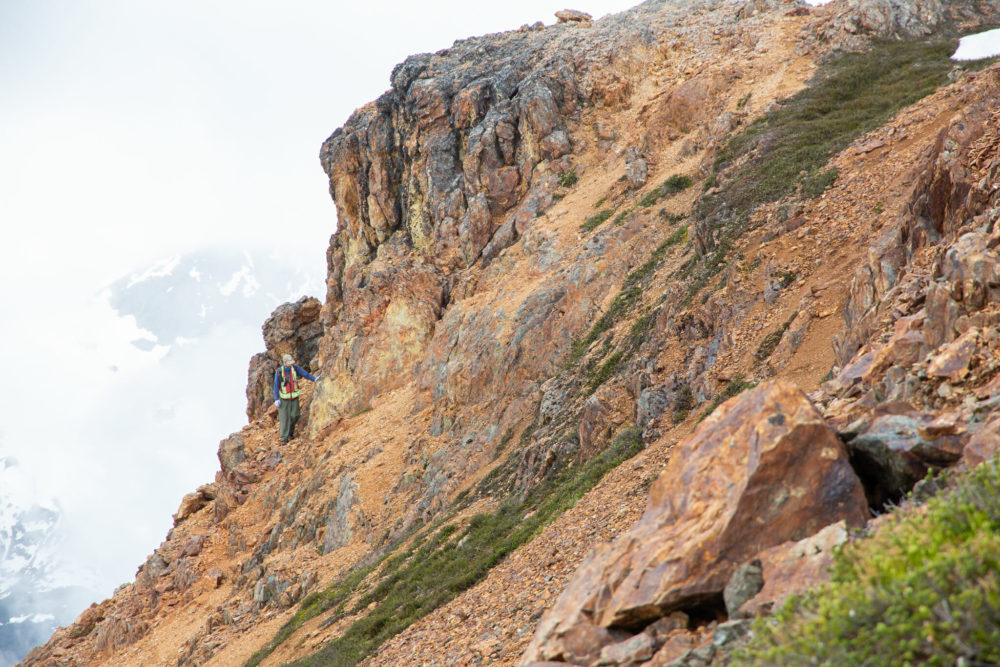
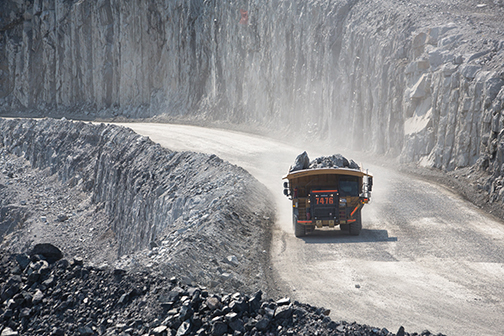

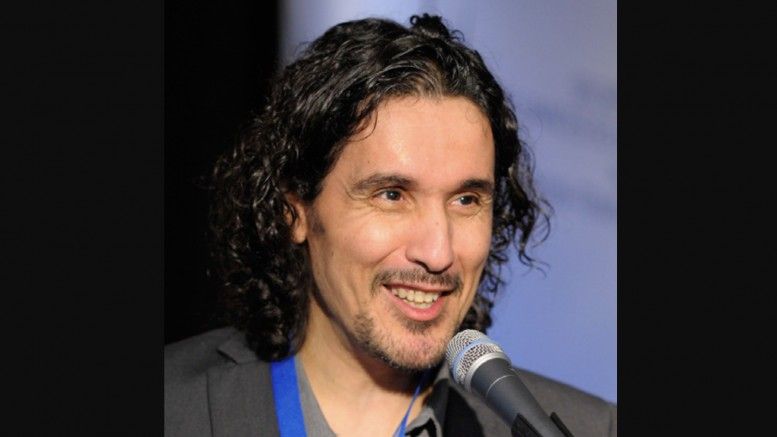
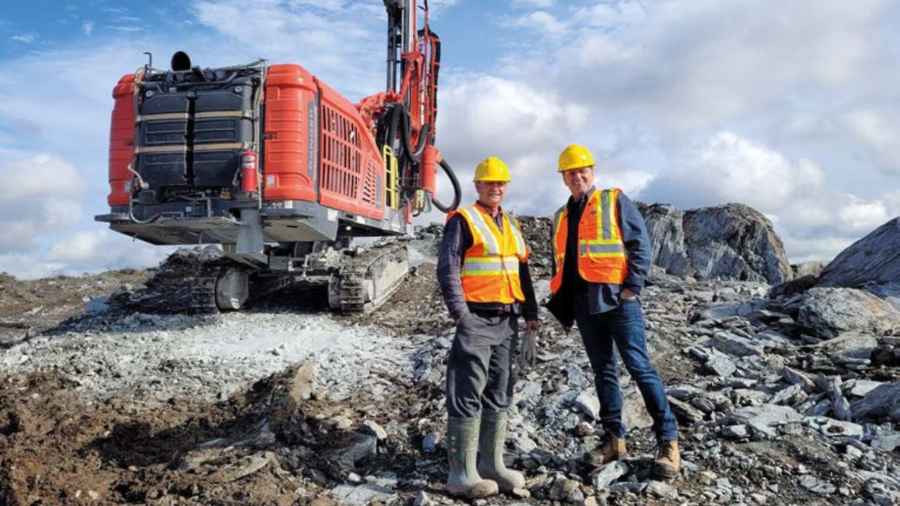
Comments